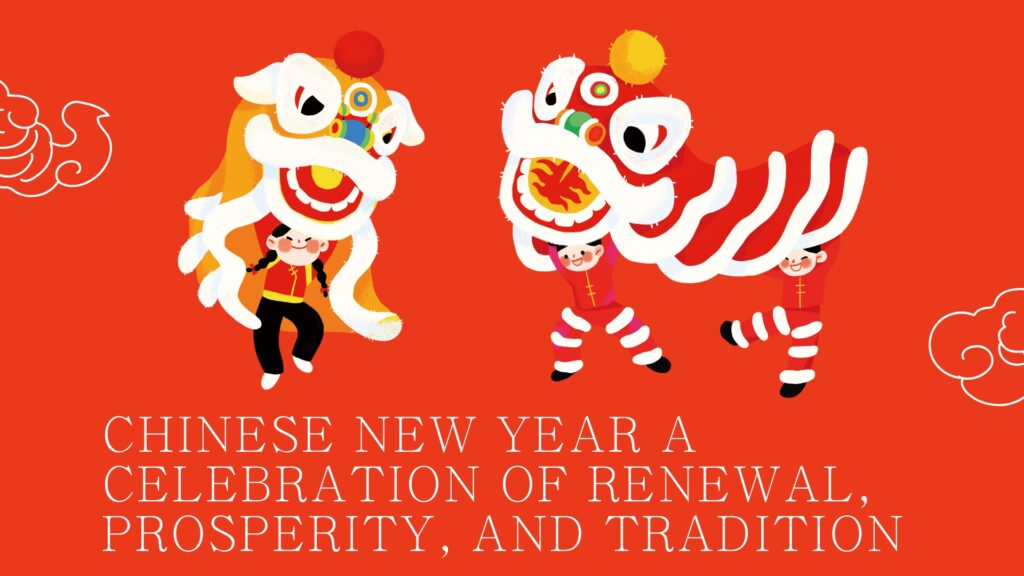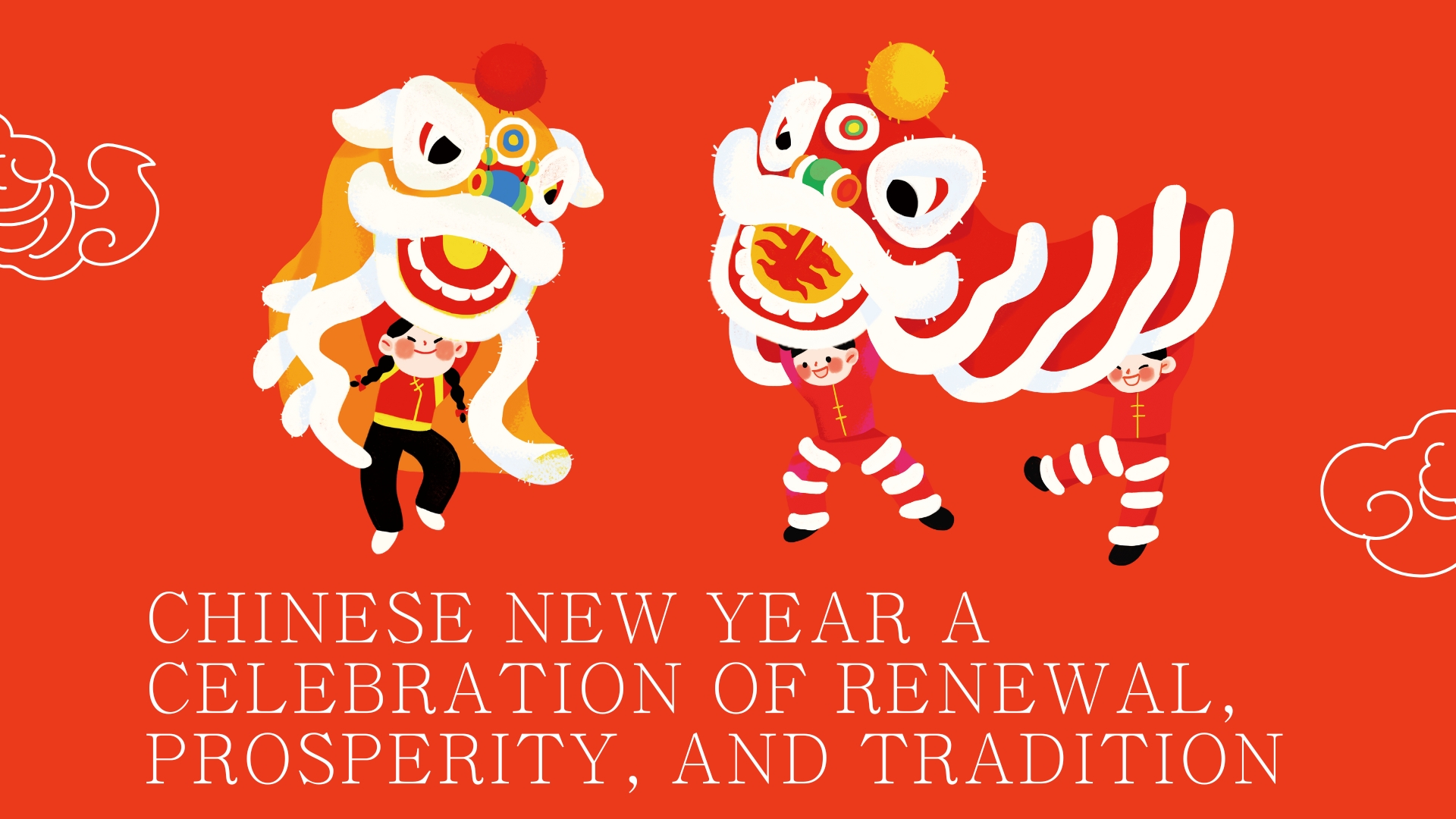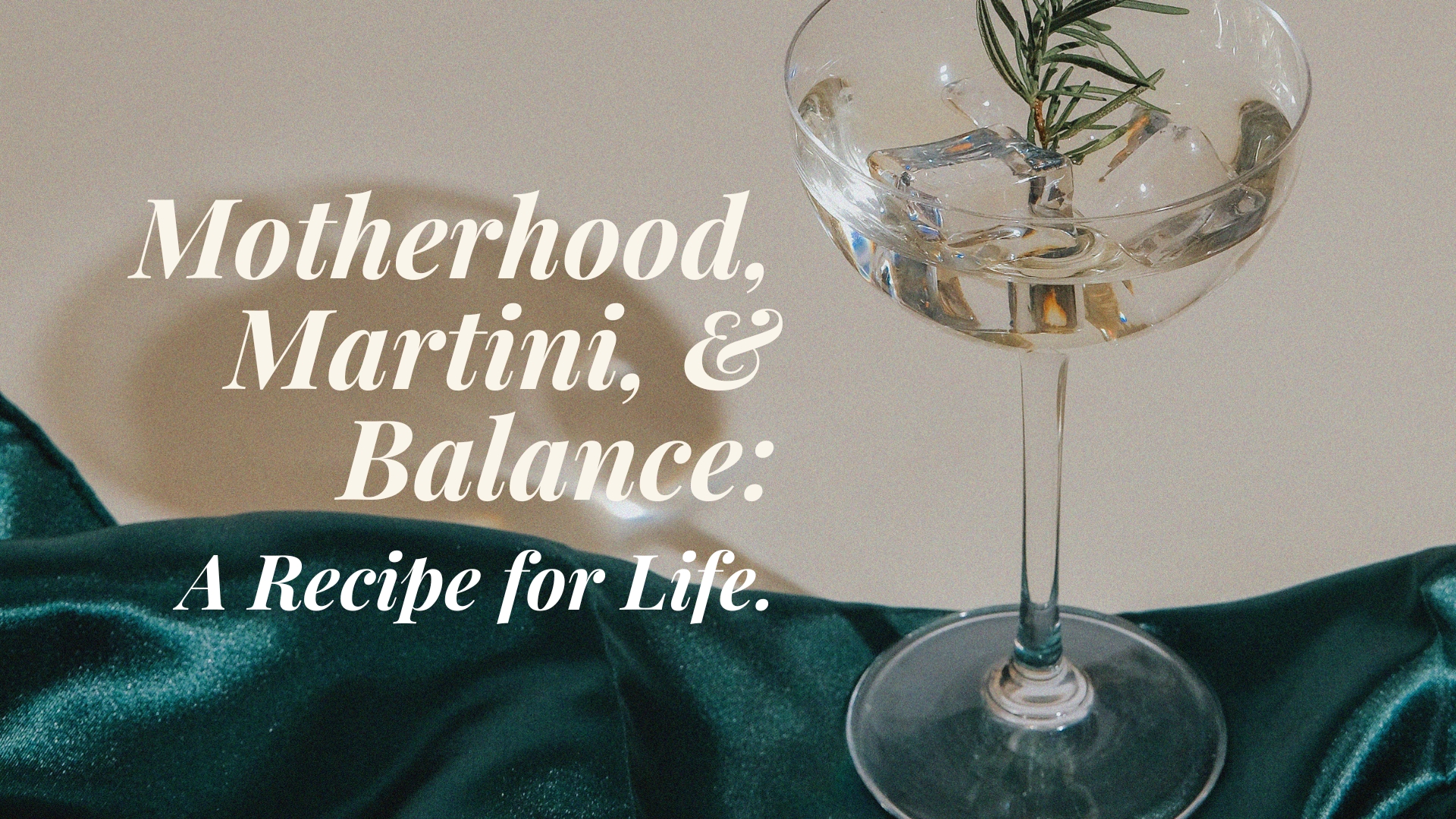

by: Vivien Tan
Chinese New Year, also known as the Spring Festival, marks the beginning of the Lunar New Year. It is one of the most significant celebrations in Chinese culture, deeply rooted in traditions and symbolic practices passed down through generations. Historically, the Lunar New Year signified the end of winter and the beginning of spring; it symbolizes renewal, rebirth, and hope for a prosperous harvest.
According to folklore, a mythical beast named Nian would emerge on New Year’s Eve to attack villages, destroy crops, and harm people. To ward off Nian, villagers used firecrackers, bright lights, and red decorations. Today, homes are adorned with red banners and lanterns, and firecrackers are lit to continue this age-old tradition.
Over time, the Lunar New Year evolved into a grand cultural celebration centered around family reunions, festive feasts, and symbolic customs. Traditions like red envelopes and dragon dances have become integral to the festivities.
- 🧧 Red Envelopes: Given to children and unmarried adults to bring luck and prosperity.
- 🐉 Lion and Dragon Dances: Performed to bring good luck and drive away misfortune.
- 🍊 Family Reunion Dinner: Families gather on New Year’s Eve for a lavish feast, often featuring fish (symbolizing abundance) and dumplings (symbolizing wealth).
- 🏡 Spring Cleaning: Homes are thoroughly cleaned to sweep away bad luck and welcome positive energy.
The Yee Sang toss is one of the most anticipated traditions during the Lunar New Year. Yee Sang, meaning “raw fish,” is a prosperity salad traditionally enjoyed during the Lunar New Year, especially in Malaysia, Singapore, and parts of Southern China. It is a vibrant and colorful dish consisting of raw fish, shredded vegetables, crunchy toppings, and a sweet, tangy dressing, usually plum sauce.
Families and friends gather around the table with their chopsticks to toss the salad high into the air while shouting “Lo Hei” (tossing up good fortune). The higher you toss, the greater your luck and prosperity for the coming year! Yee Sang is not just a dish; it’s a symbolic ritual for welcoming abundance, prosperity, and unity in the new year. Yee Sang is not just a dish; it’s a symbolic ritual for welcoming abundance, prosperity, and unity in the new year.
Ingredients in Yee Sang carries an auspicious meaning:
- 🐟 Raw Fish: Symbolises abundance and prosperity.
- 🥕 Carrot: Represents good luck.
- 🥒 Cucumber/Green Radish: Symbolises eternal youth.
- 🥜 Crushed Peanuts: Represents a household filled with gold and wealth.
- 🍯 Sweet Plum Sauce: Symbolises sweetness and harmony.
- 🥢 Golden Crackers: Symbolises wealth and prosperity.
Lunar New Year is a time of joy, reflection, and hope, bringing families together and fostering traditions that bridge generations. Whether it’s the crackle of firecrackers, the vibrant lion dances, or the spirited Yee Sang toss, each tradition carries a wish for a prosperous and harmonious year ahead. These traditions continue to remind us of the importance of connection, prosperity and hope for a brighter future in the year ahead. Should we all go for a toss-off Yee Sang together?



